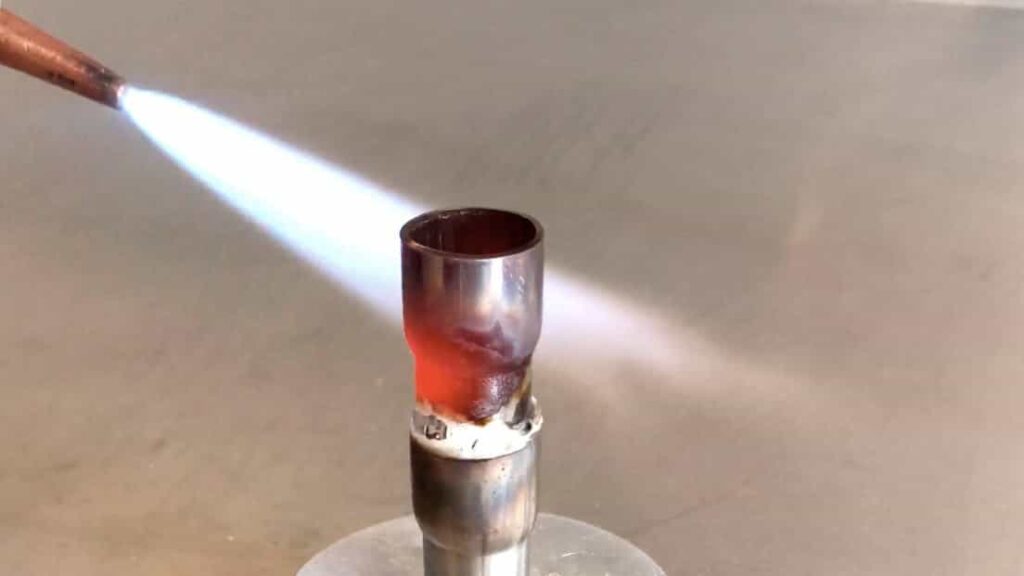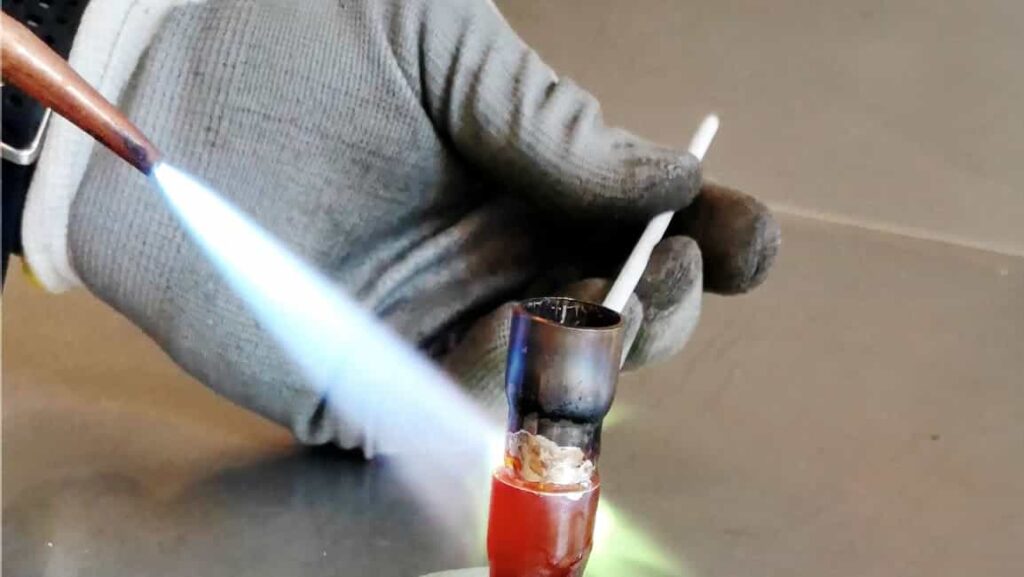Home > Soft brazing and strong brazing
Soft brazing and strong brazing
Brazing is divided into two principal categories based on the fusion point of the filler metal used in the process: soft brazing and strong brazing.
As we know, brazing is used to join two pieces with the same material or different ones without having their fusion, for this reason, there are many alloys available to guarantee the best results in several applications.




